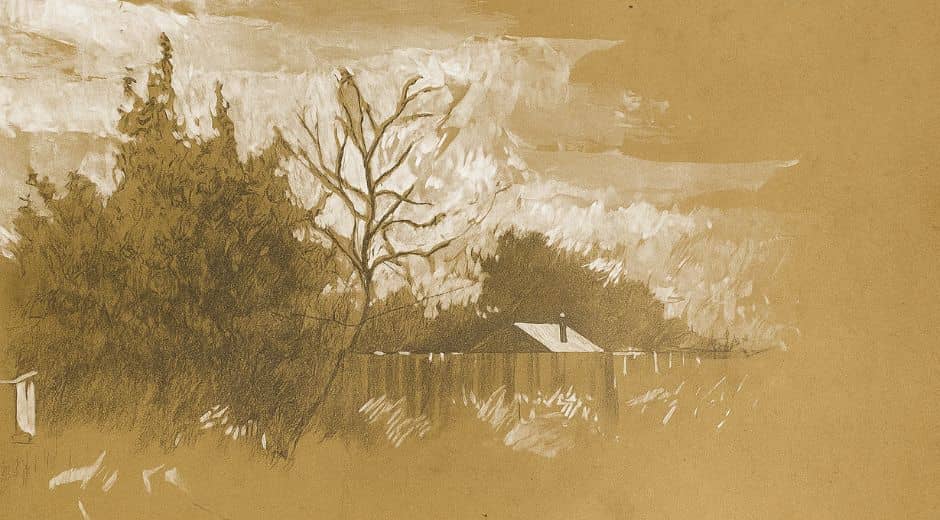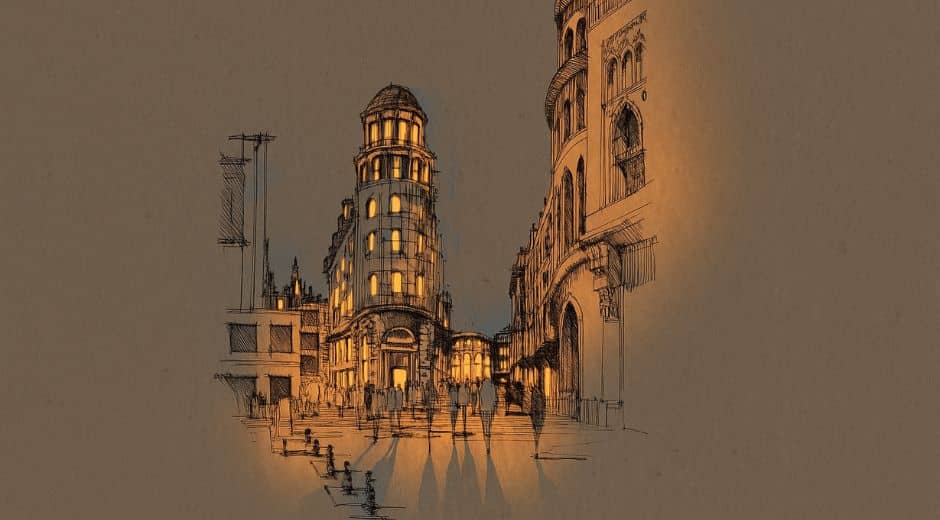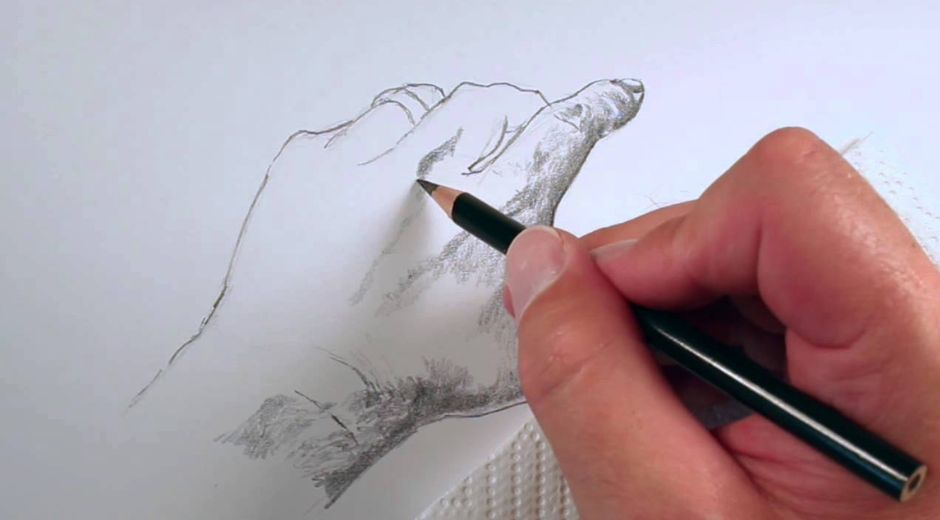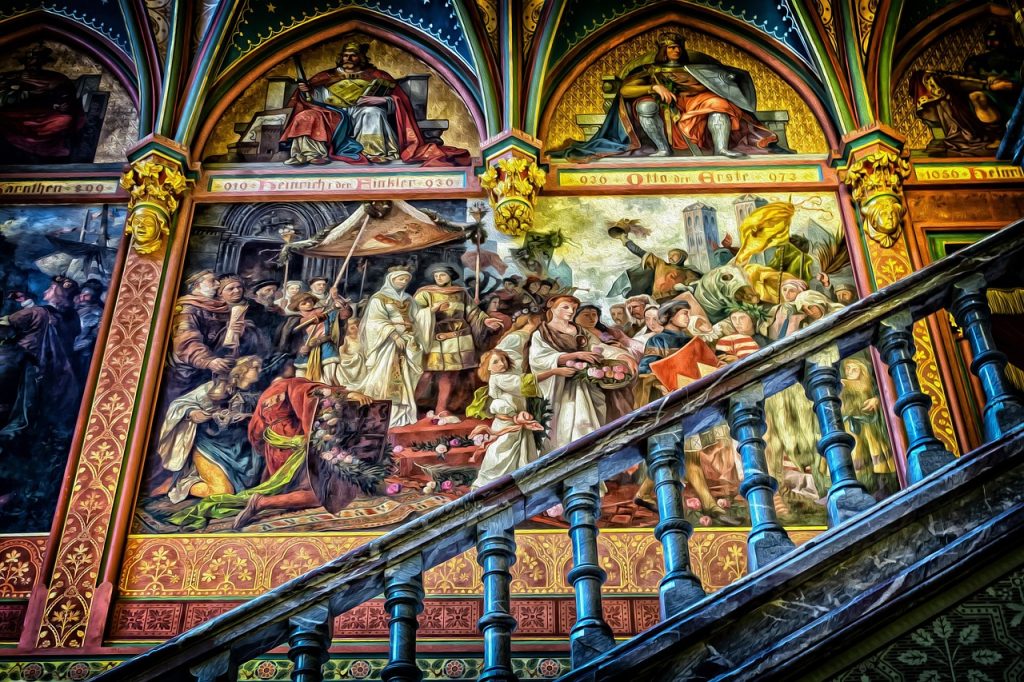Shaping a Scene: How Structure Guides the Eye
Before shading or detail comes structure — the foundation that gives a sketch its presence.
Structure helps the viewer understand what matters, what supports the scene, and where the eye should travel.
It’s a quiet guide, directing attention through shapes, placement, spacing, and rhythm.
To build stronger work, illustrators often return to this foundation again and again.
1. How Structure Shapes Attention
A well-organized sketch does more than present an image — it leads the viewer step by step.
The gaze naturally follows clear pathways:
-
the flow of shapes
-
placement of key subjects
-
use of subtle framing
-
direction suggested by form
Even the softest pencil mark can guide the eye when positioned thoughtfully.
This approach creates a sense of order without needing bold lines or heavy detail.
For deeper insight into arranging elements within a scene, explore:
“The Hidden Architecture Behind Composition”
https://museatime.com/illustration-drawing/composition-hidden-architecture/
2. Using Shapes as Anchors
Shapes are the pillars of any sketch.
Circles, rectangles, triangles, and organic forms act as anchors that support everything else.
When placed with intention, they:
-
establish weight
-
set direction
-
define the center of attention
-
create rhythm across the page
These anchors allow the viewer to understand the scene quickly, even before detail appears.
3. Thoughtful Spacing Brings Clarity
Spacing between elements controls breathing room.
Crowded scenes feel overwhelming; wide spacing adds calm.
By adjusting spacing, an illustrator gently sets the tone of the piece:
-
tighter spacing creates intensity
-
wider spacing introduces openness
-
irregular spacing adds curiosity
The viewer experiences the scene based on how space is treated — a tool far more powerful than many realize.
4. Directionality Creates Movement
Without using motion lines or dramatic gestures, movement can emerge through directionality.
This can be achieved through:
-
angled shapes
-
repeated curves
-
overlapping elements
-
perspective cues
The viewer’s gaze starts at one point and travels intuitively toward another, guided by the arrangement of forms rather than visible arrows or cues.
5. Establishing a Clear Focal Point
Every effective sketch has a place where the viewer’s attention settles first.
It may be the largest object, the darkest shading, or the area with the strongest silhouette.
A strong focal point prevents confusion and helps the viewer understand the sketch at a glance.
Even in complex scenes, the right focal anchor keeps the sketch grounded.
6. Building Depth Without Relying on Detail
Depth is not created solely through shading — structure plays a major role.
Layered shapes, changes in scale, and thoughtful placement create a sense of foreground, middle ground, and distance.
This approach allows the viewer to navigate the sketch more naturally, as though stepping into the scene.
7. Style Through Structure
While detail and technique vary between artists, structure remains a defining element of personal style.
Some artists prefer bold silhouettes; others lean toward delicate frameworks or balanced arrangements.
Structure is the invisible fingerprint behind every illustration — shaping how the piece feels long before color or detail is added.
For those exploring how style influences visual identity, visit:
StyleRadarPoint.com
https://styleradarpoint.com/
8. The Sketch Evolves With Structure
As an illustrator refines the structure of a piece, the sketch evolves.
Angles shift. Shapes settle. Spacing adjusts.
Each refinement strengthens the overall design.
Instead of jumping straight to detail, returning to structure throughout the process keeps the work rooted and cohesive.
Conclusion: Structure as the Silent Guide
Structure may be quiet, but it’s the steady force behind every effective sketch.
It directs the gaze, supports the narrative of the piece, and ensures the viewer always knows where to look and how to move through the scene.
“A guided eye sees more than a free one.”
By focusing on structure — before, during, and after sketching — illustrators create work that feels clear, intentional, and deeply engaging.
Inspiration Expression Eternity

Shaping Atmosphere: How Visual Choices Transform a Space
A space changes instantly through form, color, shadow, and arrangement. Explore how thoughtful visual decisions influence mood and elevate everyday interiors.

Shaping a Scene: How Structure Guides the Eye
Every sketch benefits from structure. By guiding the viewer’s eye with thoughtful arrangement, illustrators create pieces that feel intentional, balanced, and visually inviting.
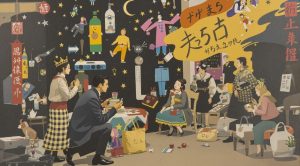
How Traditions Evolve Through Modern Life
Traditions don’t disappear as time passes — they shift, adapt, and take on new forms. Explore how modern life reshapes long-standing customs while keeping their spirit alive.





